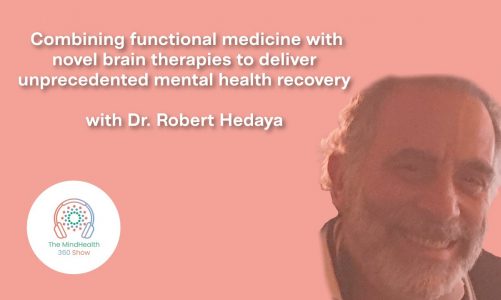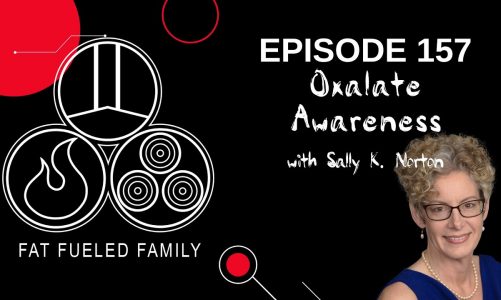Michael Hughes, Grace Lugo, and Stefanie Ucles
Dr. Gregory Seaton
SED 224-03 – Adolescent Learning and Development
The College of New Jersey
Mitochondria
Mitochondria are the organelles in eukaryotic cells where cellular respiration occurs. In other words, mitochondria is where a cell’s ATP is made, and so mitochondria have been called the “power plants of the cell.” Cells can contain many mitochondria. The more mitochondria in a cell, the more ATP it uses.
Mitochondria have two membranes, an outer membrane and an inner membrane. The outer membrane completely surrounds the mitochondrion and contains pores that allow ions, molecules, and small proteins to pass through freely. The inner membrane has more restricted permeability, which is important for the formation of a proton gradient across the inner membrane during ATP synthesis, and contains the electron transport chain proteins and ATP synthase enzymes. Cristae are folds in the inner membrane which increase its surface area and make cellular respiration more efficient. Inside the inner membrane is the matrix, where the citric acid cycle occurs. Ribosomes are found throughout the matrix because mitochondria have their own DNA (mtDNA) and can assemble their own proteins. However, most mitochondrial proteins are synthesized by the cell and transported into the mitochondrion through the membrane pores.
Chloroplasts
Chloroplasts are the organelles responsible for photosynthesis, the process by which light energy from the Sun is converted into chemical energy. The cells of plants and algae can contain many chloroplasts. The more chloroplasts a cell contains, the more photosynthesis it can carry out. Chloroplasts are larger than mitochondria, but they share many similarities.
Like mitochondria, chloroplasts have a highly-permeable outer membrane and a less-permeable inner membrane. In chloroplasts, the inner membrane is studded with transport proteins. In addition, chloroplasts have an internal third membrane, the thylakoid membrane. Thylakoids contain chlorophyll, the pigment that makes chloroplasts (and many plants and algae) green, and the electron transport chains used in photosynthesis. Thylakoids are arranged in stacks called grana. The stroma is like the mitochondrial matrix and contains enzymes and multiple copies of the chloroplast genome (cpDNA). Most chloroplast proteins, however, are encoded by the nuclear genome.
The Endosymbiotic Theory
Many of the similarities between mitochondria and chloroplasts can be explained by their similar evolutionary origin. The endosymbiotic theory states that over a billion years ago, a large eukaryote ancestor engulfed an aerobic prokaryote and developed a symbiotic relationship. “Symbiosis” describes a mutually-beneficial interaction between two species, and “endo-” means “inside.” Endosymbiosis, then, refers to a beneficial interaction where one organism lives inside another. Over time, the engulfed aerobic prokaryote evolved into mitochondria. Some mitochondria-containing eukaryote later engulfed and developed a symbiotic relationship with a photosynthetic cyanobacterium, which evolved into chloroplasts. This eukaryote was the ancestor of plants and algae. Thus, plant and algal cells contain both mitochondria and chloroplasts, while animal cells contain only mitochondria.
Some students mistakenly associate chloroplasts only with plants and mitochondria only with animals, but this is not the case. While only plants and algae are capable of photosynthesis; animals, plants, and algae all carry out cellular respiration.
There is significant evidence favoring the endosymbiotic theory. Although mitochondria and chloroplasts cannot survive outside the cell, they both contain their own DNA and synthesize their own proteins. In addition, they divide independently of the cell. This is why different cells in an organism have different numbers of mitochondria or chloroplasts. For example, exercise causes the mitochondria in muscle cells to divide, increasing their number and their ability to provide the cell with ATP. Furthermore, both mitochondria and chloroplasts possess an inner membrane with a more “prokaryotic” composition and an outer membrane with a more “eukaryotic” composition, consistent with a prokaryote engulfed by a eukaryote. In light of this evidence, consider for a moment just how amazing the endosymbiotic theory is. Had it not been for two chance events involving primitive single-celled organisms over a billion years ago, life on Earth as we know it would not exist.
source



